Yurts or as they are commonly known as Bell tents have become more popular in recent years as a stylish and durable option for outdoor camping. These spacious and durable tents offer a unique camping experience, combining comfort and convenience. However, many tent owners question whether it's possible to leave a bell tent pitched and set up throughout the year. In this blog, we will discuss the factors to consider when deciding whether to leave a bell tent up for an extended period and insights into its feasibility.
Material Quality and Durability of the Bell Tent
The quality of the camping tent materials plays a crucial role in determining its ability to withstand prolonged exposure to a variety of weather conditions. Bell tents are commonly made from high-quality and durable materials such as cotton canvas or polycotton blends. These materials are designed to be strong, water-resistant, and provide adequate protection against UV rays. However, even the best quality materials have some limitations, and extended exposure to the elements can eventually degrade the tent's fabric and compromise its structural integrity.
Weather Conditions
The outdoor conditions are an important factor to consider when deciding to leave a bell tent up for a long period of time. While bell tents can withstand mild to moderate weather conditions, they may not fare well in extreme conditions such as heavy rain, snow, strong winds, or long-term exposure to intense sunlight. Continuous exposure to harsh elements can lead to fabric damage, mould growth, leaks, and deterioration of the structure. It's vital to assess the climate of your area and understand the impacts on your tent before making a decision.
Maintaining and Inspecting your Bell Tent
To increase the lifespan of a tent left pitched for an extended period, regular maintenance and frequent inspections are crucial. You should check the tent for signs of wear and tear, mould or mildew growth, and any other issues. We advise cleaning and treating the tent frequently, following the manufacturer's recommendations. You should also consider using protective measures such as applying waterproofing treatments or investing in an extra tarp to provide an additional layer of protection.
Security and Safety
Leaving a bell tent pitched outside for a long period of time raises concerns about security and safety. Unsecure tents can attract unwanted attention, and there is a risk of theft or vandalism. In addition, the structural stability of the tent may deteriorate over time, which could lead to it collapsing in poor weather. You must assess the security of the area you pitch your tent and secure the tent with strong ropes and pegs. Valuable items are at risk if stored in these tents.
Local Rules
Before you decide to leave your bell tent pitched for an extended period you must familiarise yourself with the local rules and regulations. Particular areas have restrictions on leaving any tents pitched for long periods of time, particularly in public spaces and residential areas. You must ensure that you comply with the appropriate rules or seek advice and permission to avoid any issues.
While leaving a bell tent for the entire year may seem appealing and convenient, you must weigh up the factors mentioned above before making this decision. Bell tents are designed for temporary use and occasional camping trips, and their durability may be compromised by extended exposure to the elements. Consider the quality of the tent's materials, local weather, and regular maintenance that would be necessary. It is also important to be aware of security risks and any relevant regulations surrounding tent pitching in your area. We generally recommend disassembling and storing the tent properly when not in use for prolonged periods. This ensures that your bell tent remains in excellent condition, ready for future camping trips.
When shopping for your Bell Tent - be sure to check out our selection here!


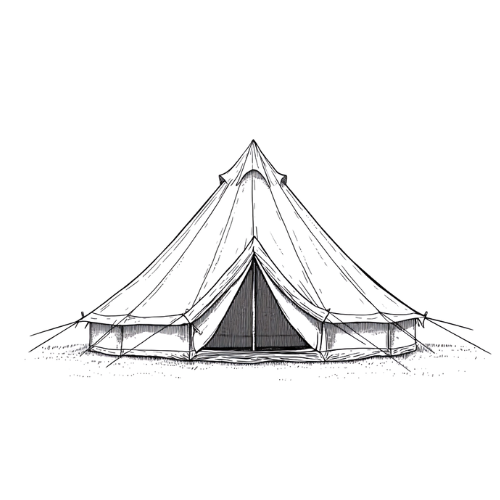 Canvas Bell Tents
Canvas Bell Tents Bell Tent Accessories
Bell Tent Accessories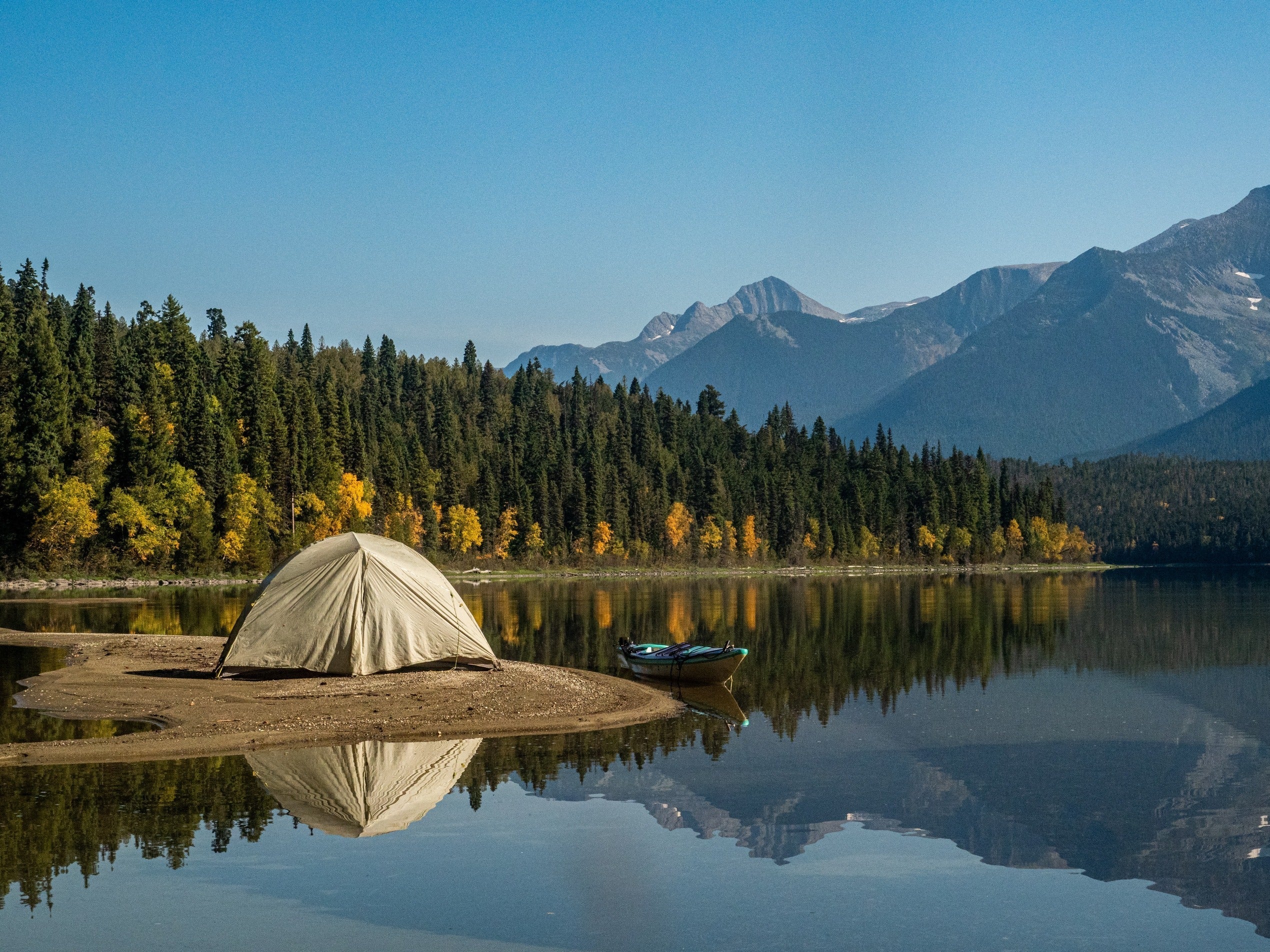
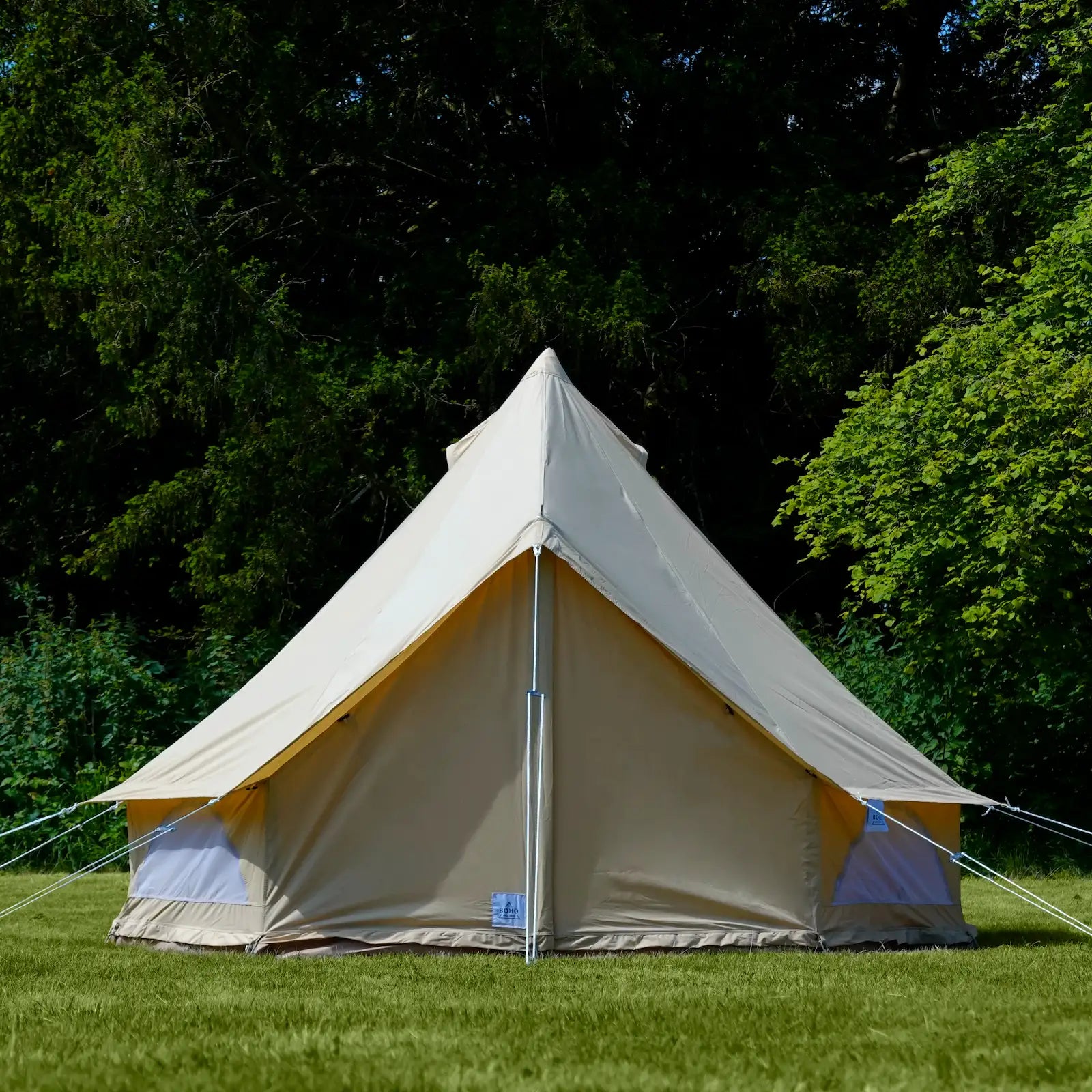
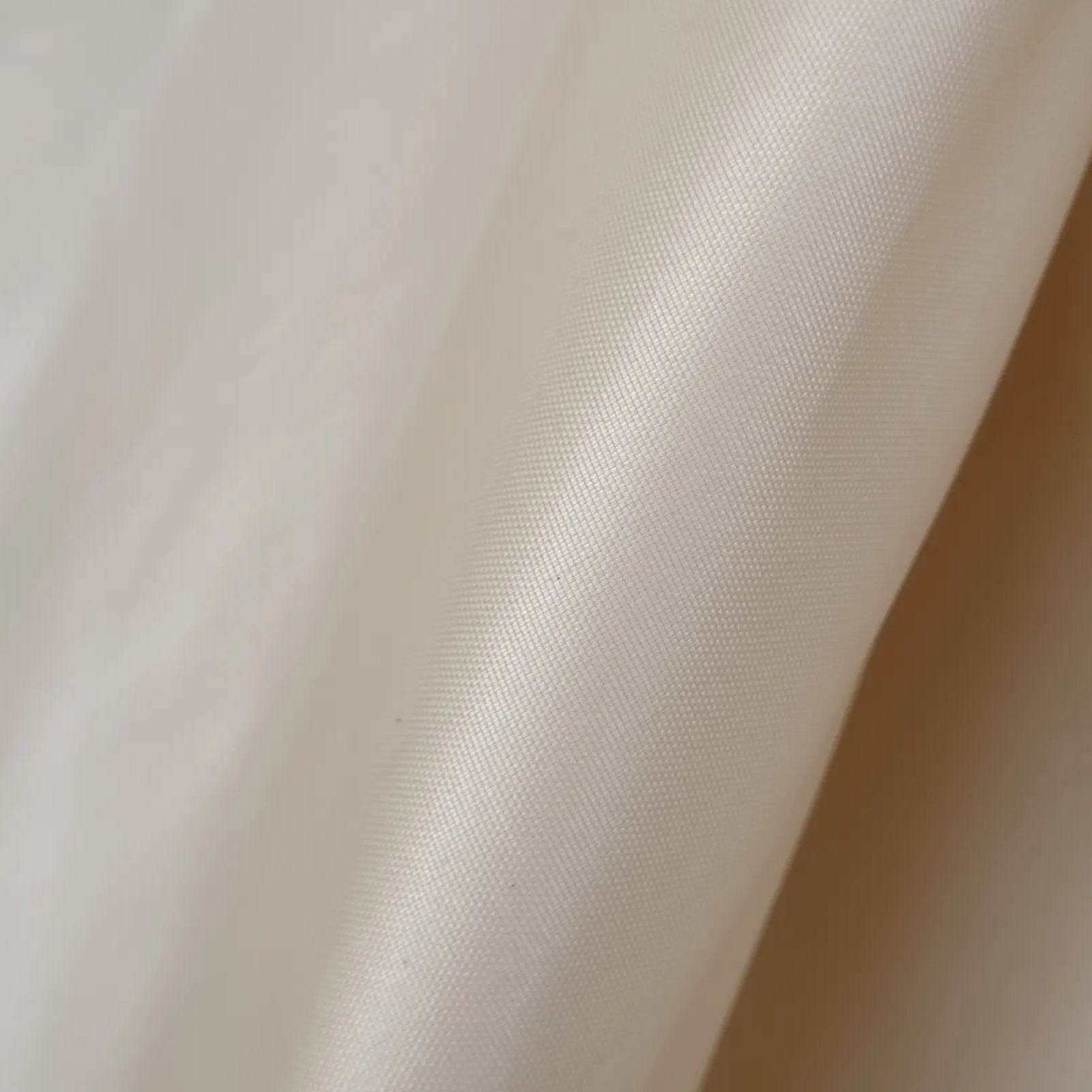
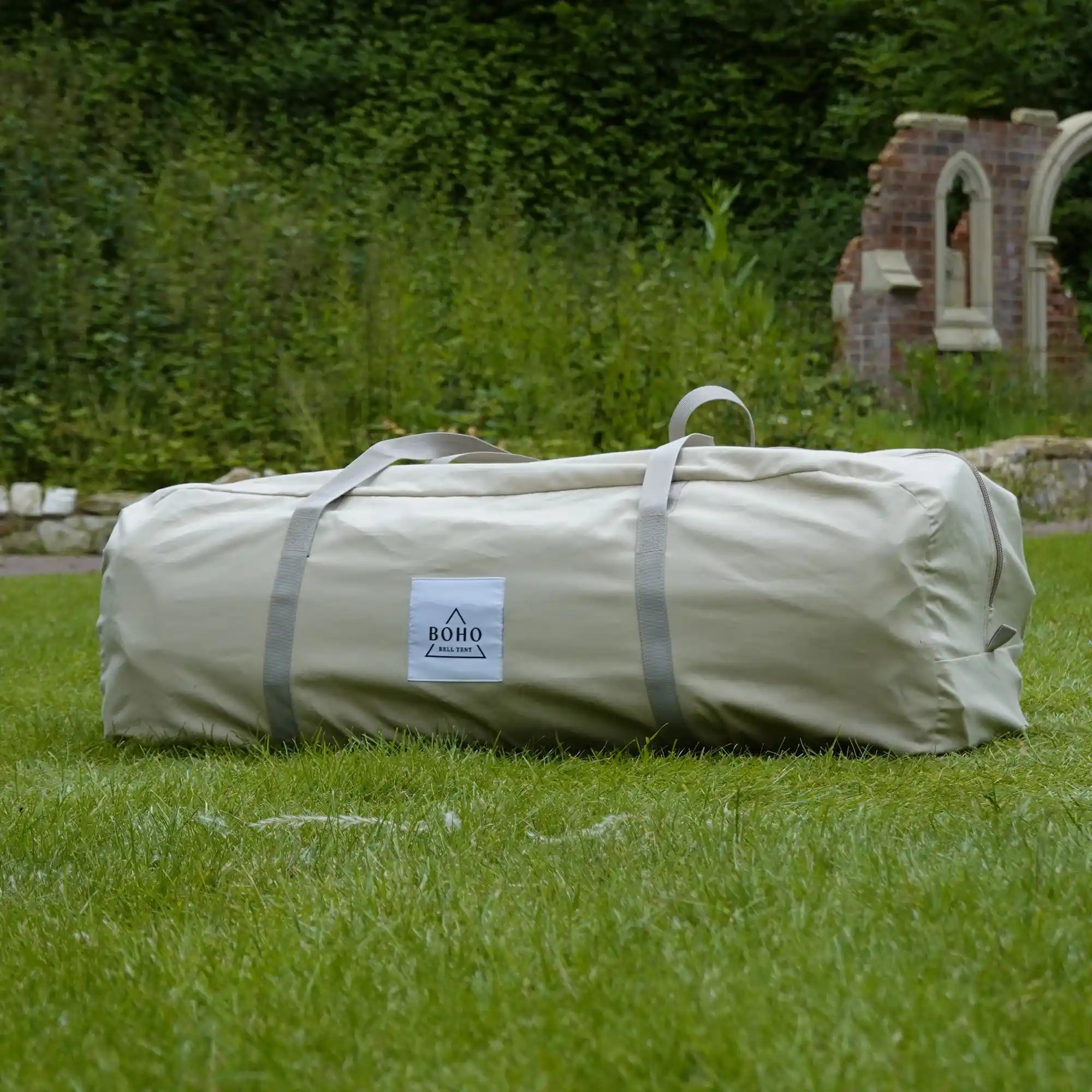
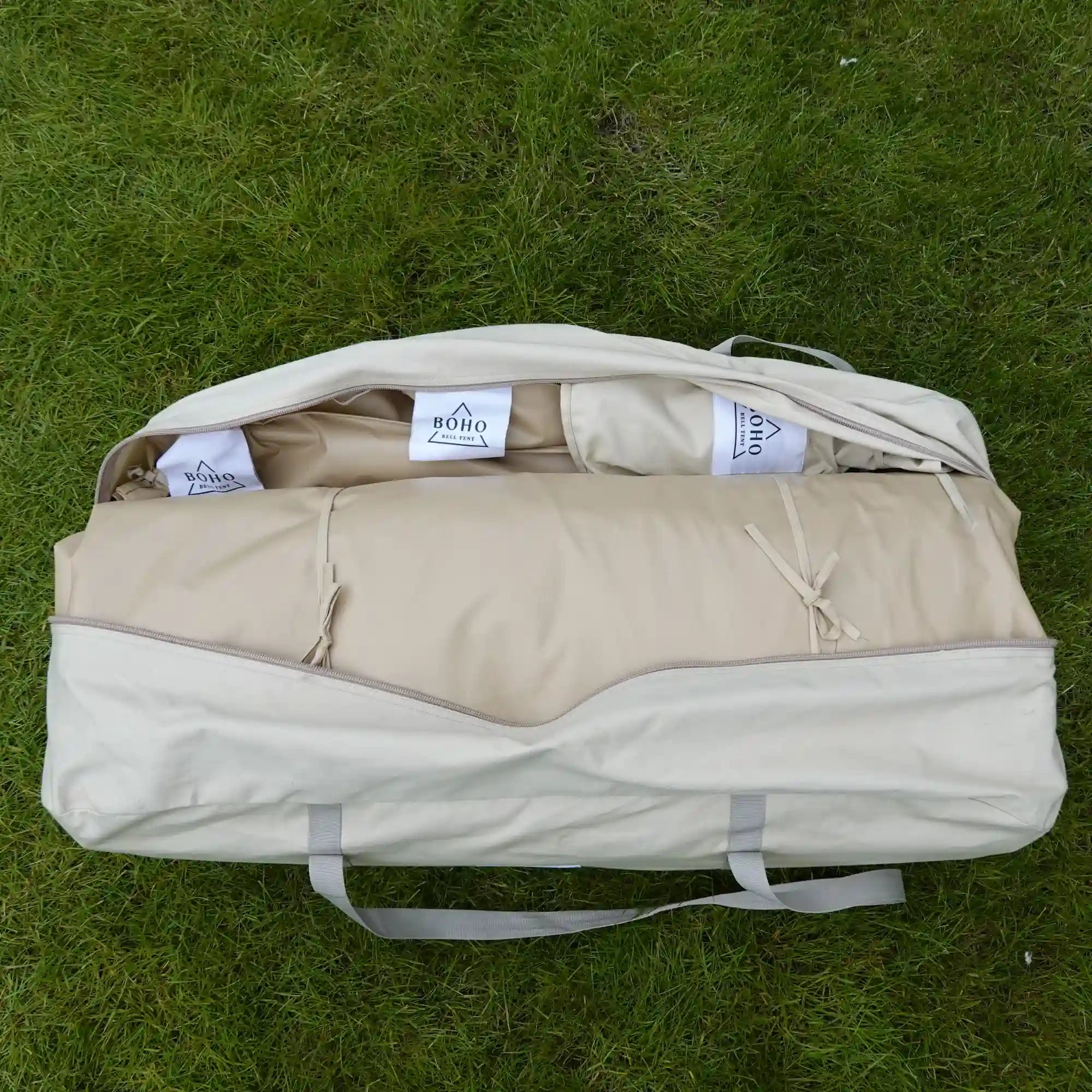
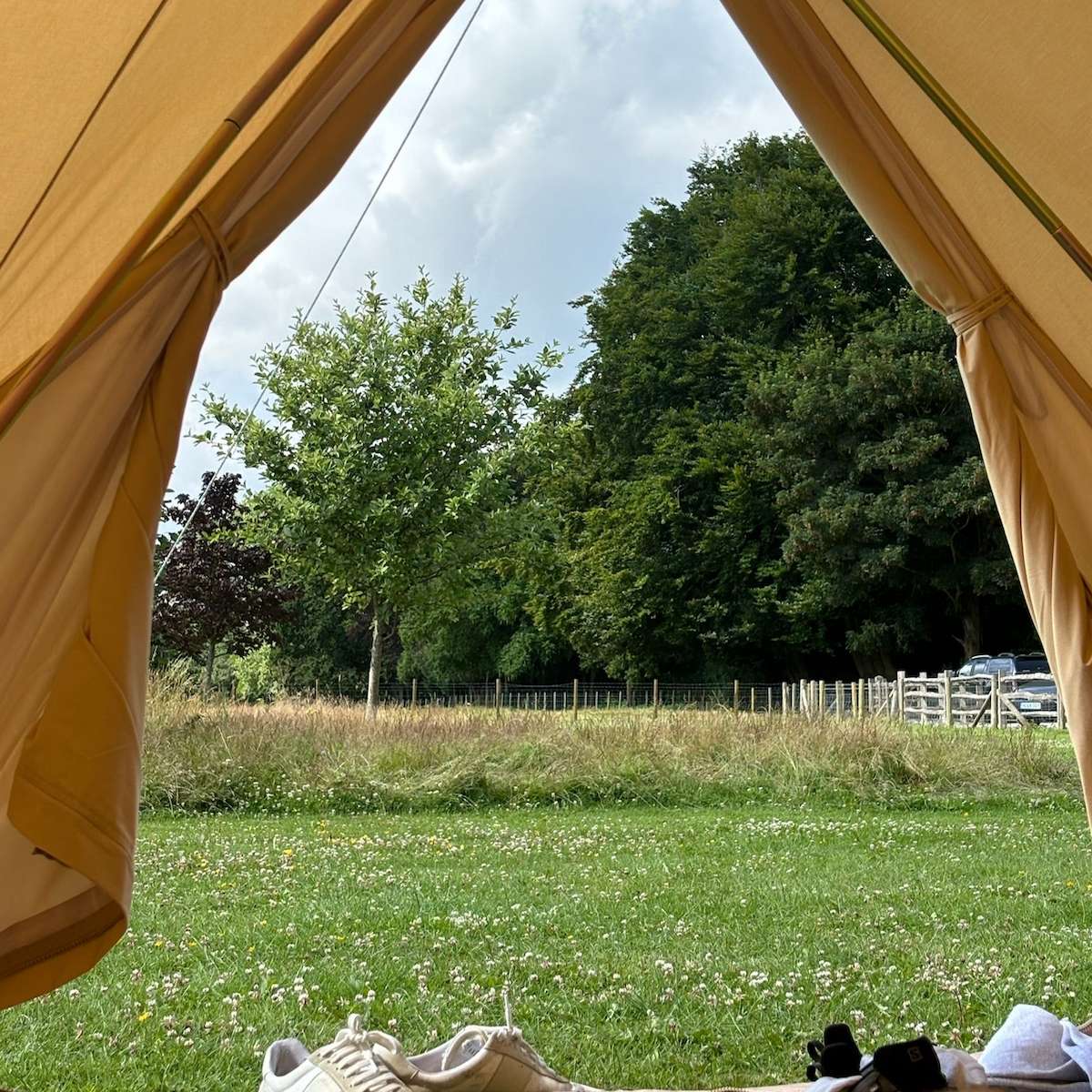
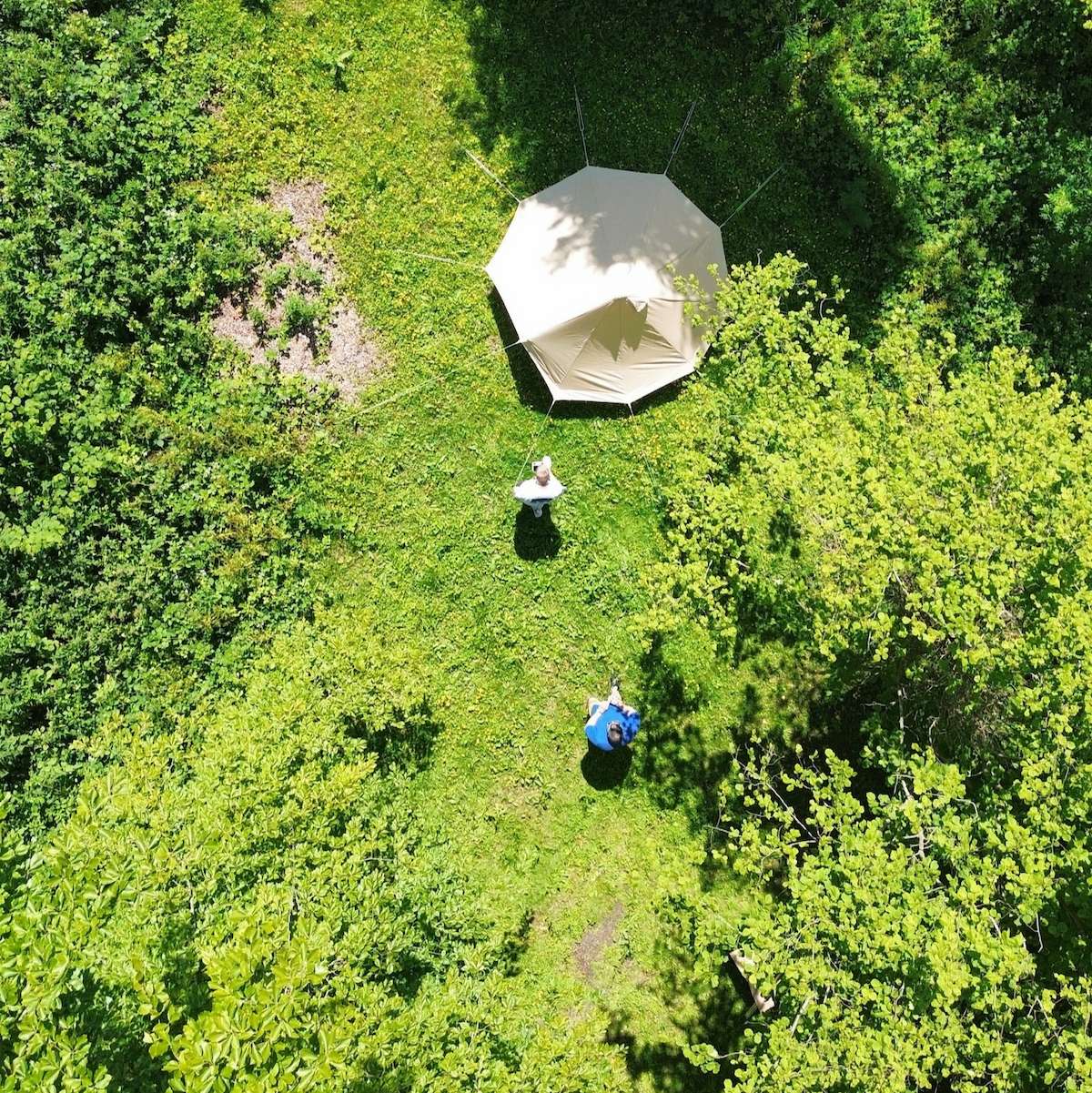
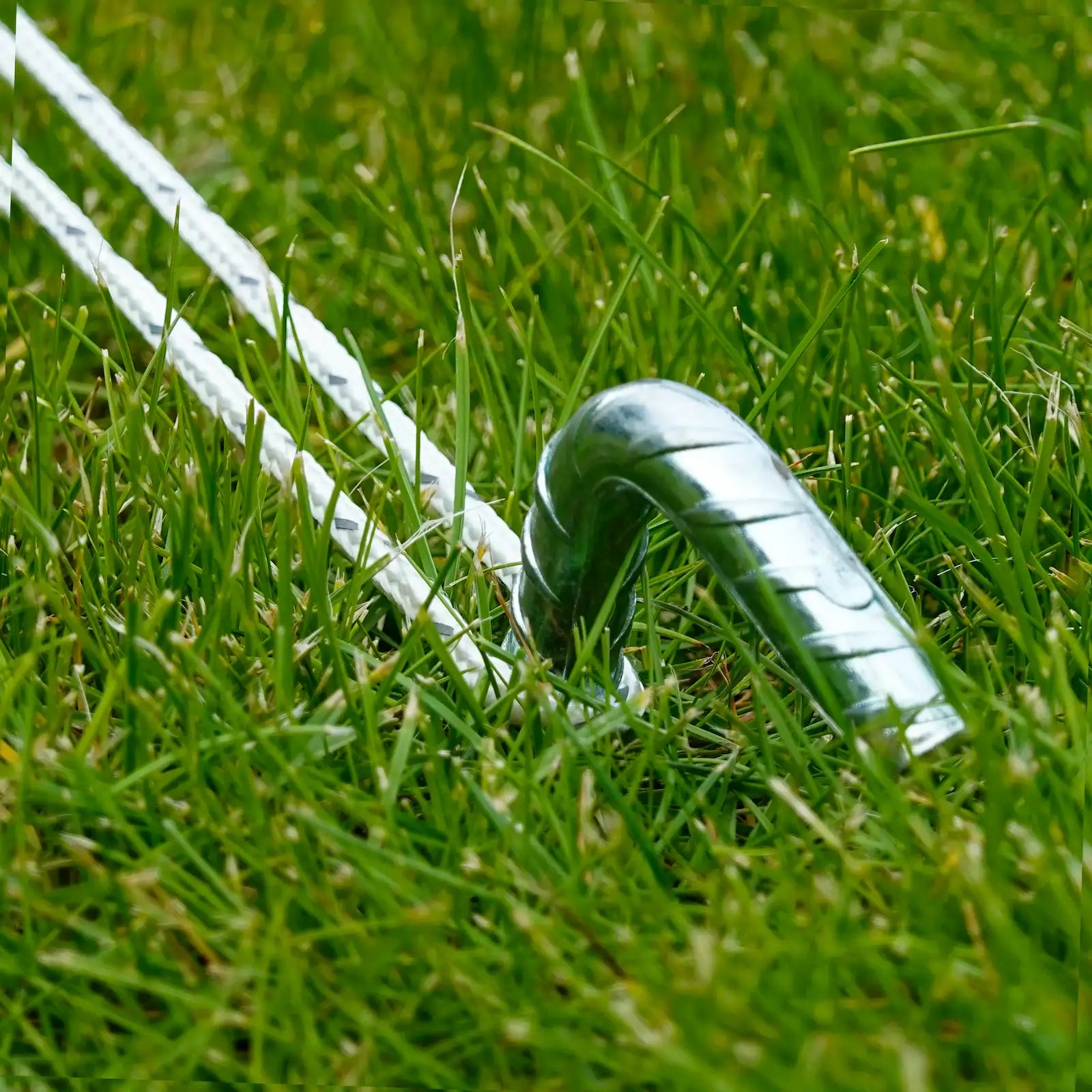
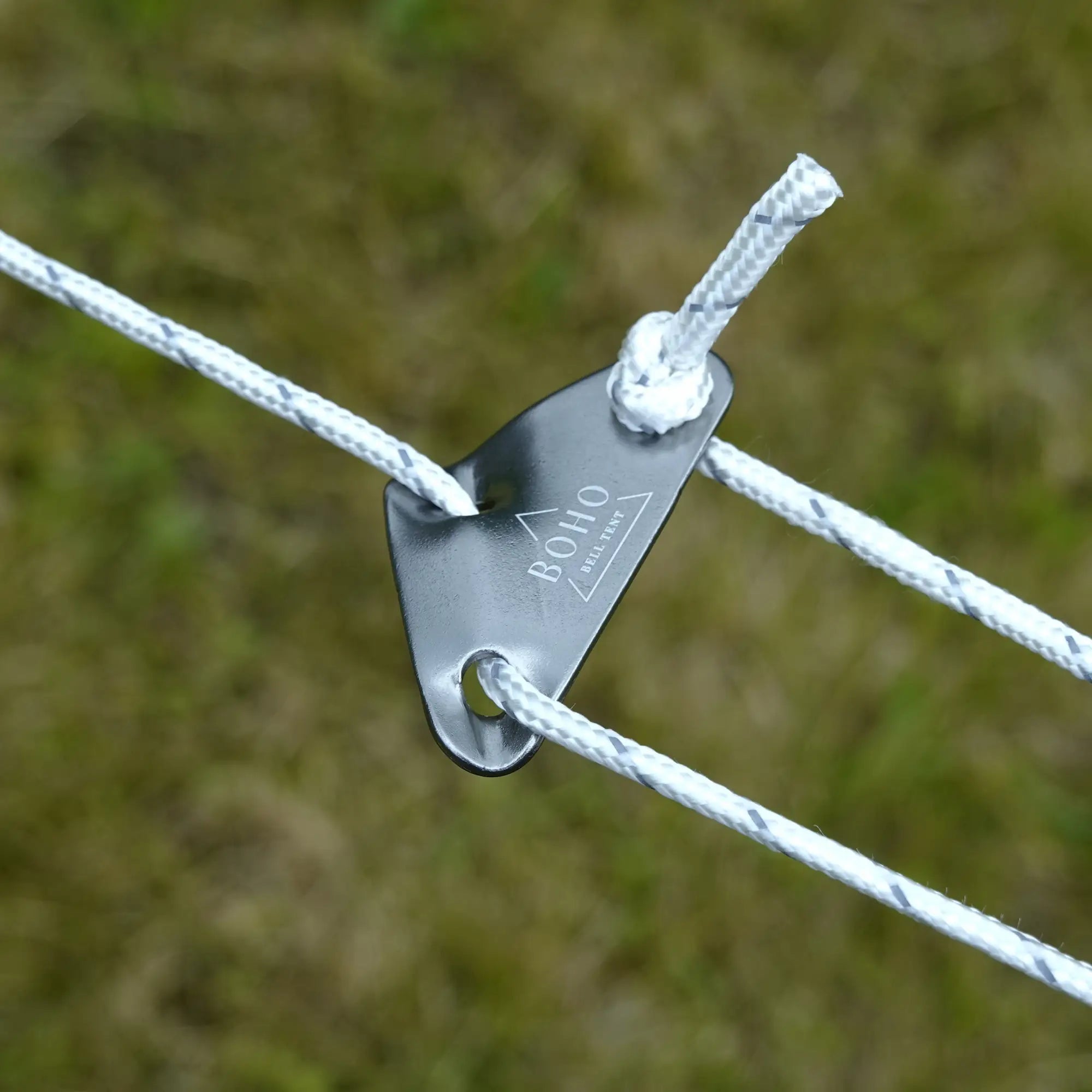
At Boho Bell Tent, we’ve helped hundreds of customers find the perfect setup for festivals, weddings, and off-grid escapes. So if you need any help at all, be sure to reach out!
Share:
What Makes Bell Tents Expensive?
How Long Will A Bell Tent Last?